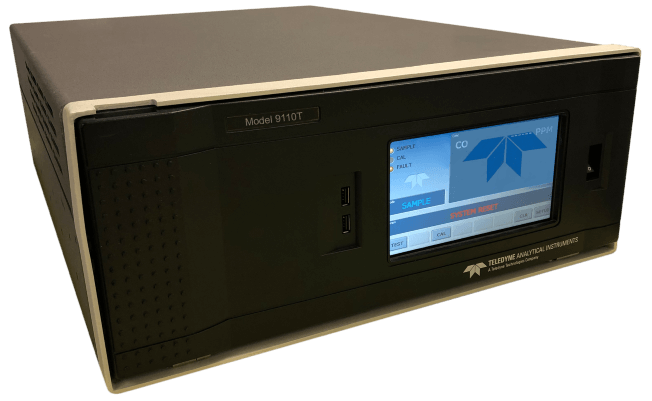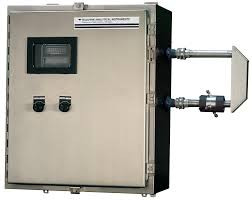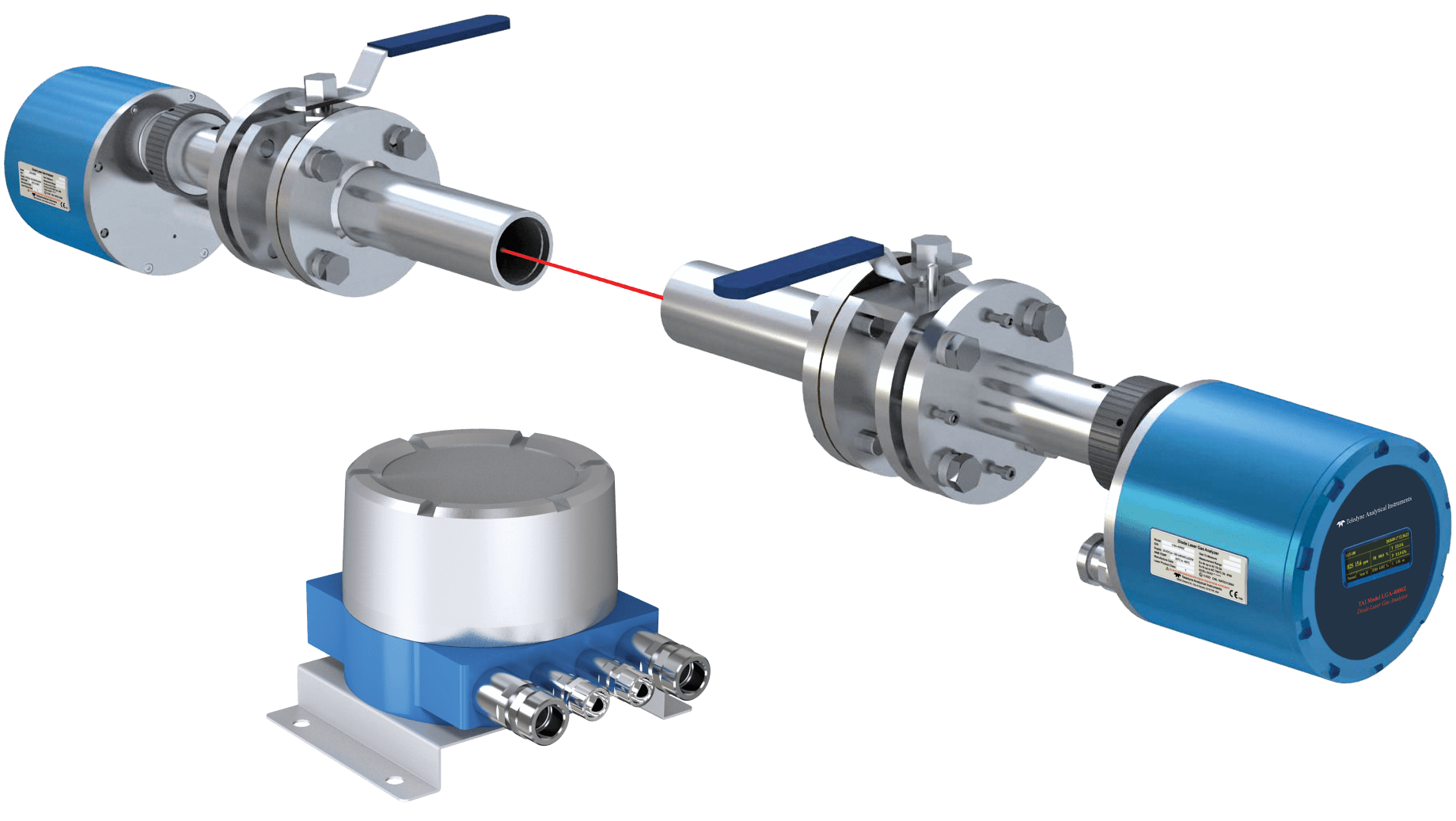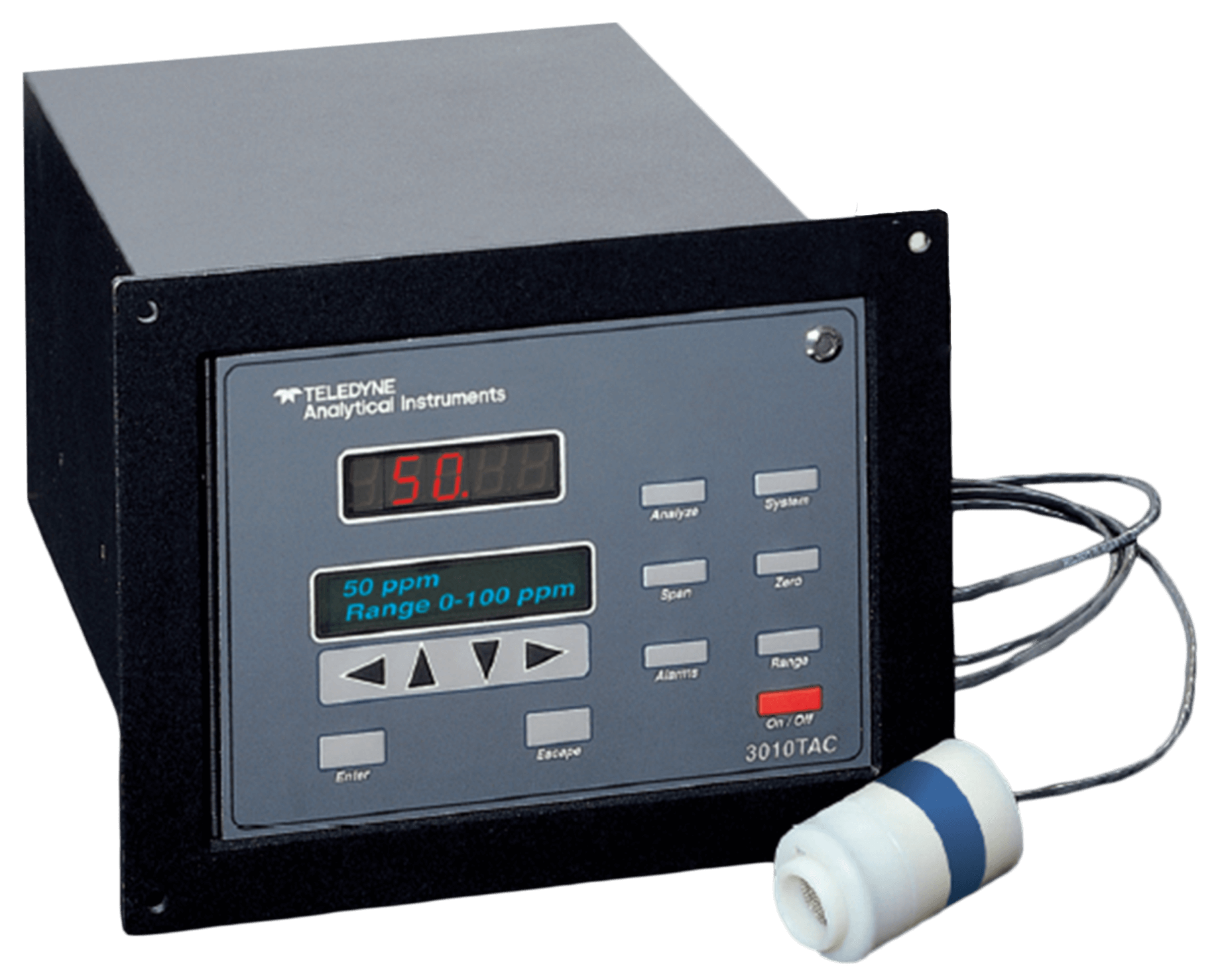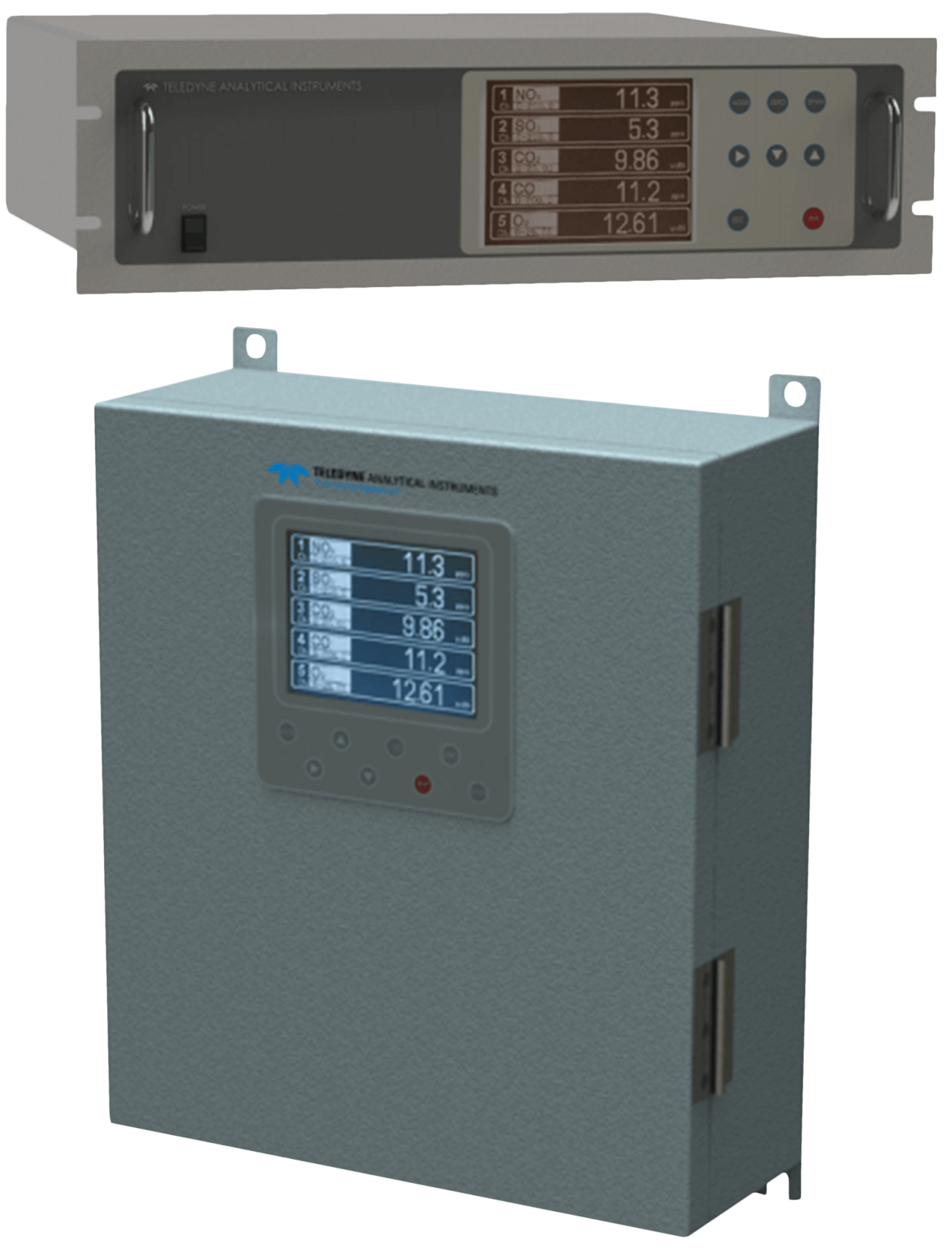Flue gas measurements: ceramics, concrete and glass production
During the preparation of products in industrial ovens, such as concrete, cement, glass or ceramics, compounds are released that are discharged with the flue gases and end up in the atmosphere. A distinction is made between dusty, usually alkali-containing components and gases such as sulfur oxides, HF, HCl and nitrogen oxides. The amount of these released products strongly depends on the fuel and raw material composition used, but also on the process, such as the maximum oven temperature. In addition to emission and dust measurements, an oxygen measurement is also important to determine whether combustion is proceeding efficiently. In the following we will mainly discuss flue gas (emission) measurements.
If you would like more information about a dust measurement, click here.

